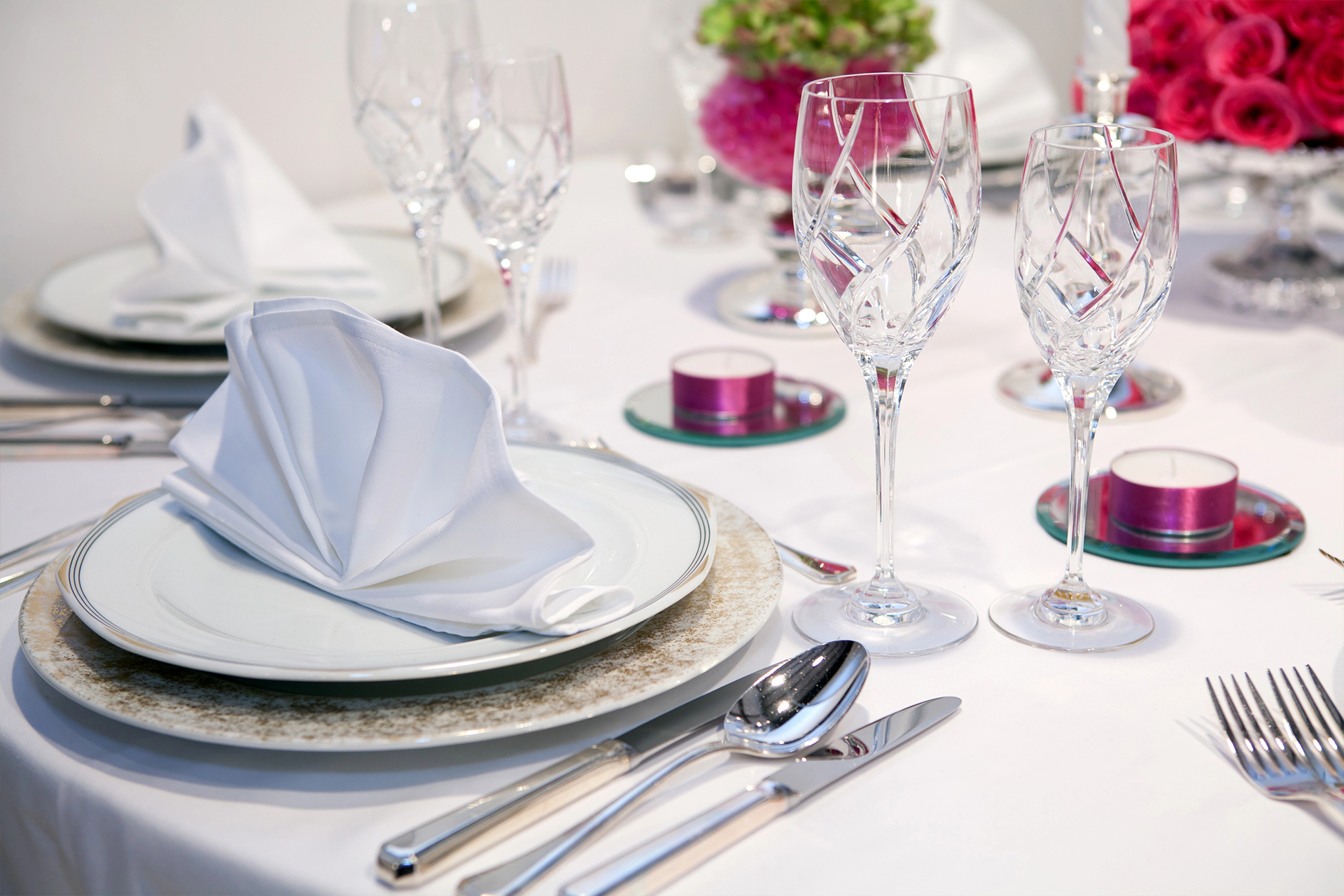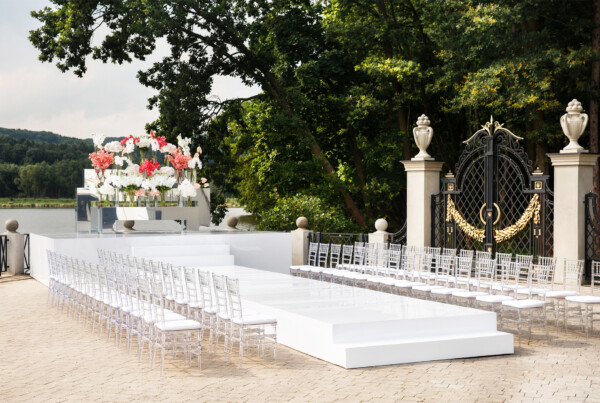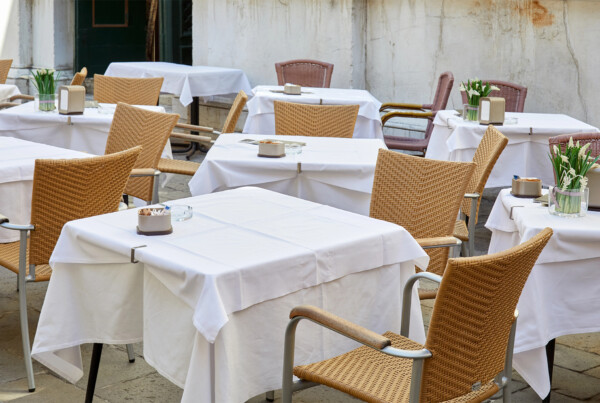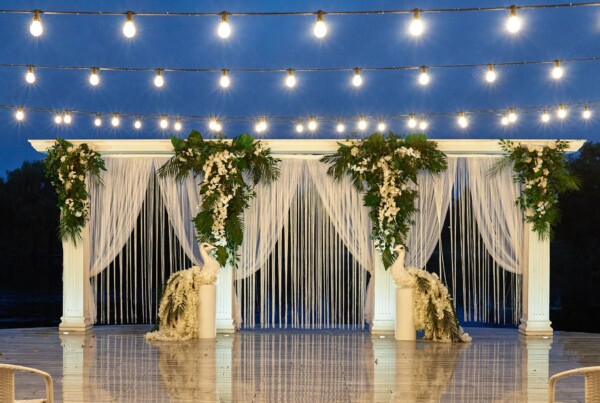Selecting the appropriate table settings for any occasion is an art that combines functionality with aesthetics. A well-arranged table not only enhances the dining experience but also reflects the tone and formality of the event. Whether you’re hosting a casual brunch, a formal dinner, or a festive celebration, understanding the nuances of table settings can help you create an inviting and memorable atmosphere.
Understanding the Basics of Table Settings
At its core, a table setting, or place setting, refers to the way tableware is arranged for dining. The arrangement varies based on the formality of the occasion and the menu being served. The primary types of table settings include basic, casual, and formal, each with its own set of guidelines and components.
1. Basic Table Setting
Ideal for everyday meals, the basic table setting is simple yet functional. It typically includes:
- Dinner Plate: Placed at the center.
- Fork: Positioned to the left of the plate.
- Knife: Placed to the right of the plate with the blade facing inward.
- Spoon: Set to the right of the knife if needed.
- Glass: Located above the knife.
- Napkin: Placed under the fork or on the plate.
This setup is straightforward and caters to most simple dining scenarios.
2. Casual Table Setting
For informal gatherings, the casual table setting adds a touch of elegance without being overly elaborate. It builds upon the basic setting with a few additions:
- Salad Plate: Placed on top of the dinner plate.
- Soup Bowl: Positioned on top of the salad plate if soup is served.
- Wine Glass: Set to the right of the water glass.
This arrangement is suitable for casual dinners and luncheons, offering a balance between simplicity and sophistication.
3. Formal Table Setting
Reserved for special occasions, the formal table setting is more intricate and includes multiple courses. The typical components are:
- Charger Plate: A decorative base plate that remains until the main course is served.
- Dinner Plate: Placed on top of the charger.
- Salad Plate: Positioned above the forks.
- Bread Plate with Butter Knife: Located above the forks.
- Forks: Arranged to the left of the plate in the order of use, from the outside in.
- Knives and Spoons: Placed to the right of the plate, with knives closest to the plate and spoons to the right of the knives.
- Dessert Spoon and Fork: Horizontally above the dinner plate.
- Glasses: Arranged above the knives, typically including water, white wine, and red wine glasses.
- Napkin: Placed on the charger or to the left of the forks.
This setting exudes elegance and is appropriate for formal dinners and events.
Adapting Table Settings to Specific Occasions
While understanding standard table settings is essential, tailoring them to specific occasions can enhance the dining experience.
1. Themed Celebrations
Incorporating elements that reflect the theme of the event can make the table setting more engaging. For instance, a Mediterranean-themed dinner might feature blue and white linens, olive branch centerpieces, and rustic tableware. Such thoughtful details can transport guests and enrich the overall ambiance.
2. Seasonal Gatherings
Aligning table settings with the season adds a harmonious touch to the event. During autumn, incorporating warm-toned linens, gourds, and candles can create a cozy atmosphere. In contrast, spring settings might feature pastel colors, fresh flowers, and light fabrics to evoke a sense of renewal.
3. Cultural Events
Respecting and reflecting cultural traditions in table settings can honor guests and add depth to the occasion. For example, using traditional tableware, colors, and decor elements pertinent to a specific culture can make the dining experience more authentic and meaningful.
Practical Tips for Selecting Table Settings
When choosing the appropriate table setting for your event, consider the following practical aspects:
1. Menu Considerations
The dishes you plan to serve will influence the necessary tableware. Ensure that each course has the appropriate utensils and plates. For example, if you’re serving soup, include a soup spoon in the setting.
2. Guest Comfort
While aesthetics are important, the comfort and convenience of your guests should be a priority. Ensure that the table isn’t overcrowded and that guests have enough space to dine comfortably.
3. Table Size and Shape
The dimensions and shape of your table will dictate the arrangement and number of place settings. For smaller tables, consider minimalist settings to avoid clutter. For larger tables, you might have the space to incorporate more decorative elements.
4. Personal Touches
Adding personalized elements, such as name cards, customized napkins, or unique centerpieces, can make the event more special and memorable for your





